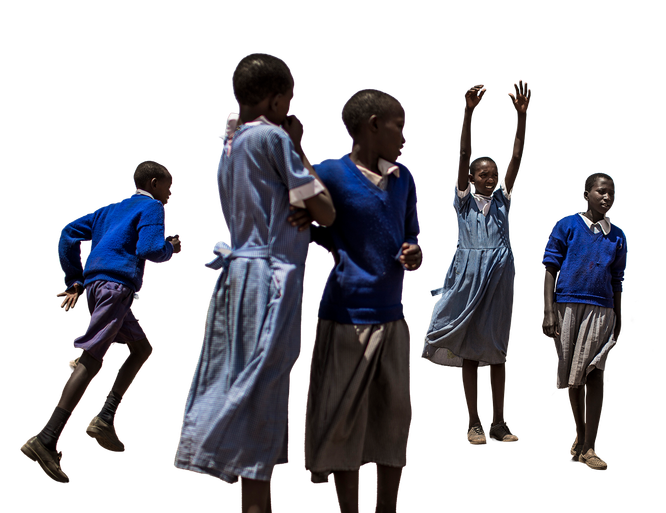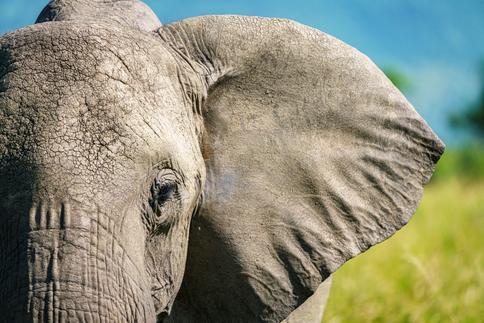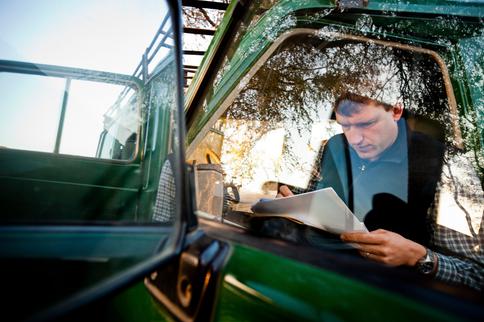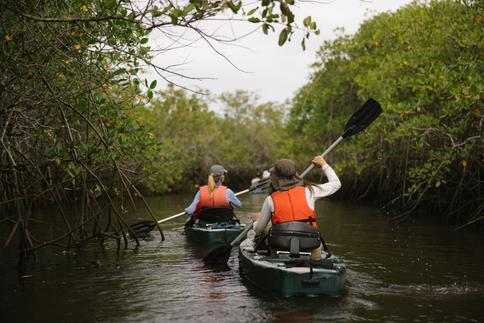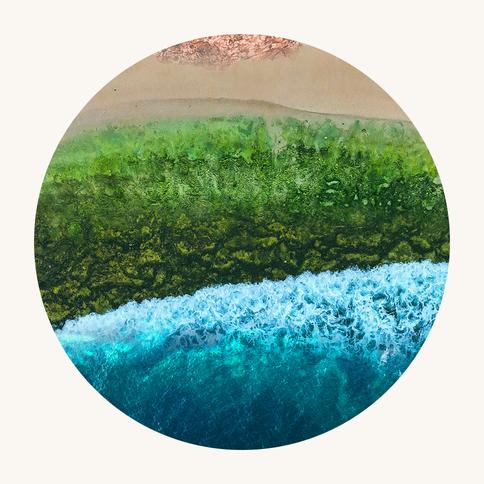
WE PROTECT NATURE FOR PEOPLE.
WE PROTECT NATURE FOR PEOPLE.
Our Priorities
Since 1987, Conservation International has combined fieldwork, science, policy and finance to protect 13 million square kilometers of land and sea — an area four times the size of India.
Our Global Footprint
We are a global organization. We support conservation efforts in 100+ countries and maintain offices in over thirty. Our marine conservation work spans all five of our planet's oceans. Our land-based projects are concentrated in the tropics, which are home to the world's richest reservoirs of biodiversity and carbon. We value local expertise. Ninety-seven percent of our program staff hail from the region where they work. Our field teams possess specialized knowledge of the local stakes, opportunities and socio-political context.

Over four decades, we’ve touched 100 million lives.
Our approach to conservation prioritizes both human well-being and environmental goals. We respect human rights, design our programs with gender equality in mind and create new opportunities for local communities to earn a living while also helping nature thrive.
We're Different: Here's How
Our People
Conservation International is a team of over 1,600 people working across six continents. We are scientists and economists, community leaders and business leaders, experts in policy and forestry.
Our Partners
We are a trusted partner to thousands of organizations around the world, including large foundations and multi-lateral institutions, corporations and investment firms, and national governments and local communities.
Multiply Your Impact
Every private donation helps unlock additional funding from governments, foundations, companies, and other global institutions. We can multiply your impact by up to 300%.
One-time donation
Your gift funds urgent conservation work, helping us move quickly to protect the places that need it most.
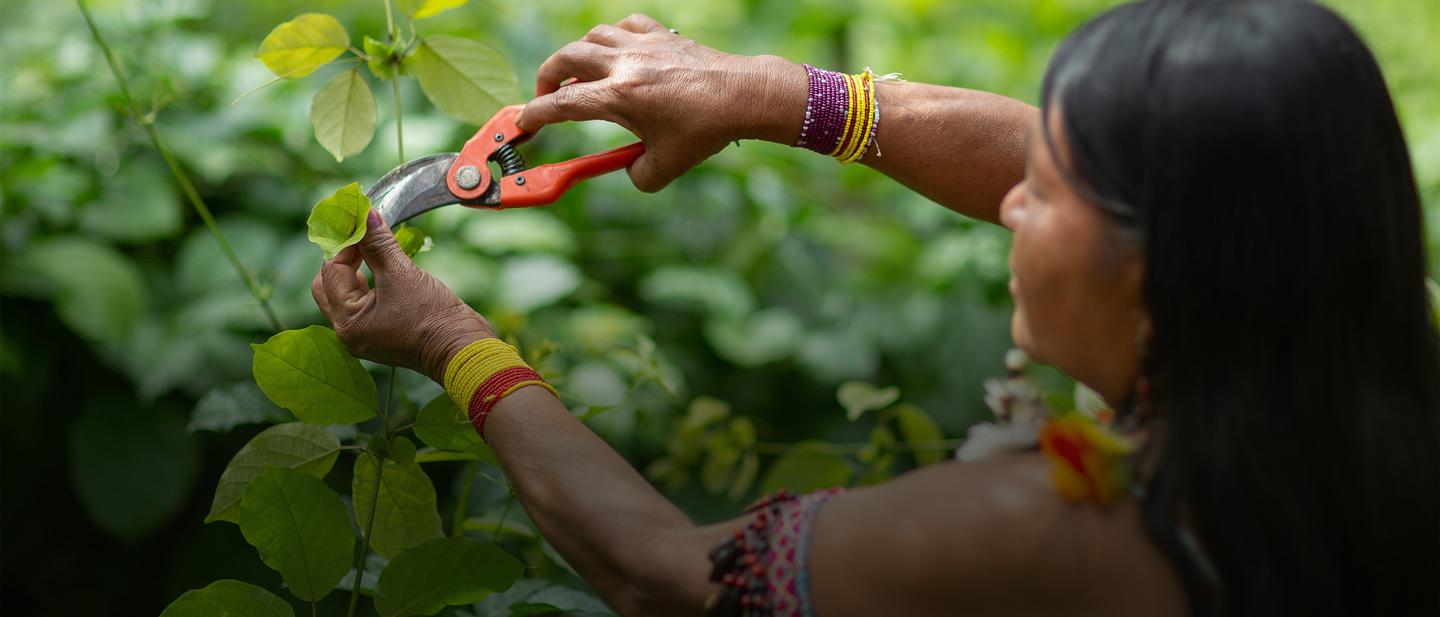
Humanity and nature can bothPROSPER
A Living Legacy
We deliver results. Over four decades, we’ve helped protect 13 million square kilometers of land and sea — an area four times the size of India.
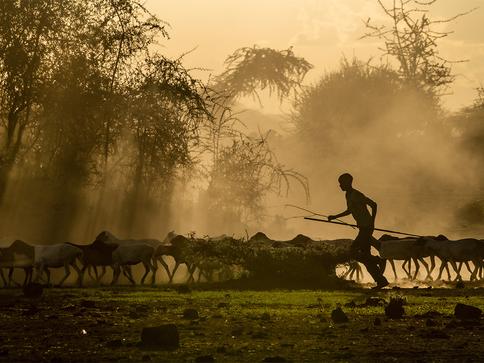
The air we share
A cloud forest sustains life throughout southern Kenya. Now, local communities are getting paid to maintain it.

A wave of progress
Morotai Island is surrounded by one-of-a-kind marine habitats — but its reefs, resources and way of life are in jeopardy. Can local surfers help turn the tide?

A world hidden in plain sight
A scientific expedition uncovers thousands of reasons to protect the forests of Alto Mayo — and offers a roadmap for the future.
